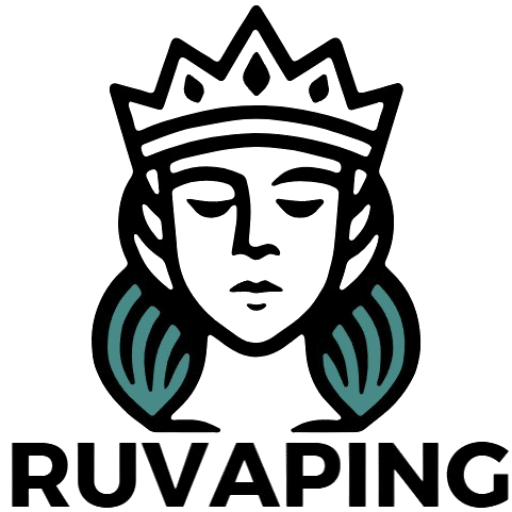As a mom of six, I’ve battled countless diaper rashes over the years. Store-bought creams often left me worrying about harsh ingredients or staining cloth diapers. After years of tinkering, this recipe emerged as a winner—packed with nourishing oils and minerals that soothe irritation while creating a protective barrier. If you’re seeking a safe, effective alternative, here’s the formula hundreds of parents now swear by.
The Science Behind Each Ingredient: Why These Work
This cream tackles diaper rash with a three-pronged approach: repair, protect, and heal. Every ingredient serves a purpose:
- Shea Butter: Rich in vitamins A & E, its fatty acids moisturize deeply and form a breathable shield against moisture.
- Coconut Oil: Natural antibacterial and antifungal properties target the yeast and bacteria behind rashes. (Pro tip: Substitute with olive oil if coconut-sensitive, but add extra beeswax to maintain texture.)
- Beeswax: Creates a waterproof barrier without clogging pores, ideal for preventing new irritations.
- Cod Liver Oil (Optional): Loaded with Omega-3s and vitamin D, it speeds up skin cell regeneration—think of it as a multivitamin for baby’s bum.
- Bentonite Clay: Draws out moisture and toxins, especially helpful for heat-induced rashes.
- Non-Nano Zinc Oxide: The same ingredient in Desitin, but choose non-nano to minimize skin absorption. It forms a physical barrier against urine and stool.
Step-by-Step Guide: Making Cream That’s Better Than Store-Bought
Ingredients (Makes ~5 oz)
- ¼ cup shea butter | ¼ cup coconut oil | 1 TBSP beeswax pellets
- 1 TBSP cod liver oil (omit for longer shelf life) | 2 TBSP zinc oxide | 1 TBSP bentonite clay
- 6 drops baby-safe essential oils (try lavender or chamomile, optional)
Directions
- Melt the Base: Combine shea butter, coconut oil, and beeswax in a double boiler (or glass bowl over a pot of water). Stir until fully melted.
- Add Active Ingredients: Remove from heat and whisk in cod liver oil, zinc oxide, and bentonite clay until smooth.
- Incorporate Oils: Once cooled slightly, mix in essential oils (if using). Use a popsicle stick to avoid sticky utensils.
- Pour & Set: Transfer to a glass jar or metal tin. Stir occasionally as it cools to prevent separation.
- Store Smart: Keep in a cool, dry place for 3 months; omit cod liver oil for a 1-year shelf life.
Cloth Diaper Hack: Avoid Stains Without Sacrificing Protection
Concerned about cloth diapers? Adjust the recipe with these tips:
- Zinc Oxide Adjustment: Zinc can stain, so reduce to 1 TBSP or skip it. Add ½ TBSP extra beeswax to maintain thickness.
- Petroleum Warning: Unlike commercial creams with Vaseline (which causes cloth diaper leaks), this recipe is 100% petroleum-free.
- Herbal Infusion: Pre-infuse coconut oil with calendula or plantain (sunlight for 2 weeks or low heat for 3 hours) to boost anti-inflammatory effects.
Fighting Yeast Rashes: Natural Antifungal Add-Ins
When rashes look deep red or blistery (signs of yeast), amp up the formula:
- Tea Tree Oil: Add 2 drops per 2 TBSP cream. Its terpinen-4-ol content combats candida.
- Breastmilk First: Studies show breastmilk may heal rashes better than steroid creams. Apply a thin layer before the diaper cream.
What Parents Are Saying (and Unexpected Uses!)
- Eczema Relief: “Used this on my 22-year-old son’s heat rash—smoother than any pharmacy cream!” — Janet
- Multi-Purpose Magic: Omit zinc oxide to use as a baby massage oil, or add extra beeswax to make a lip balm.
- Cost Savings: Homemade costs ~$15 for 5 oz, vs. $25+ for similar natural brands.
Final Tips for New Parents
Baby’s delicate skin deserves care that’s both gentle and effective. This cream isn’t just for emergencies—apply it preventively at every diaper change to keep rash at bay. As with any new product, test a small amount first and adjust ingredients based on your baby’s needs.
Have you tried making diaper rash cream at home? Share your tips or variations below—let’s build a community of natural parenting solutions!


